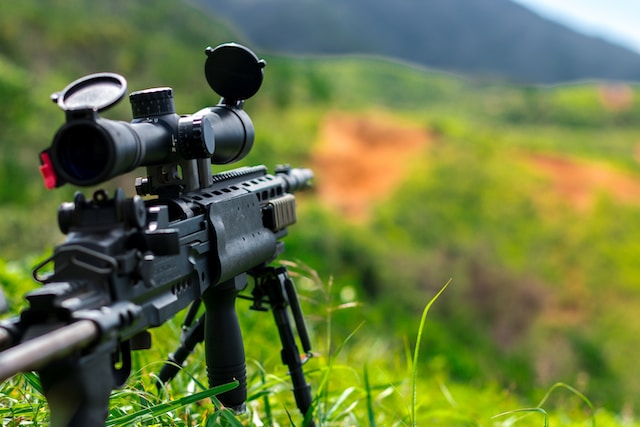Spotting scopes are a valuable tool for anyone who loves to get outdoors and enjoy nature. They offer higher magnification and greater detail than binoculars and can be used for many purposes, including birding, hunting, wildlife viewing, and stargazing. The type of spotting scope you choose will depend on your needs and preferences. The key factors to consider include magnification range and objective lens size.
Magnification
You’re likely familiar with binoculars, which offer significant visual enlargement for wildlife viewing and stargazing, but you may need to learn about their in-between sibling: the spotting scope. Using a spotting scope can be a great way to monitor the progress of a hunt, capture a distant shot with a camcorder or digital camera, and more. Spotting scopes Canada can become even more helpful for hunters when combined with digiscoping (a method that pulls double duty by capturing both visuals and electronic tracking data on your smartphone). A powerful spotting scope allows you to observe a broader range of areas, which is helpful for wildlife enthusiasts observing elusive species. However, you must ensure your spotter has a wide enough objective lens to provide the required magnification.
Lenses
A spotting scope’s lens quality is vital to its performance and clarity. Look for a model with high-quality optics, producing sharp, true-to-color images free of distortion or chromatic aberration. A spotting scope with a large objective lens diameter will allow more light to pass through, which produces brighter and clearer images. This can be especially helpful if you plan on using your spotting scope at dusk or dawn when wildlife is most active. Many spotting scopes also come with a built-in digital imaging system that allows you to record and monitor your visuals. This is often a feature that’s only available on higher-end models, and it can add a lot of value to your purchase. However, it’s important to note that this typically comes with a heftier price tag.
Lightweight
Generally, the larger the objective lens, the brighter and more precise the images you’ll see. However, a more prominent scope can also be heavier and require a tripod for stable viewing results. Many spotting scopes are designed with multi-coated lenses to reduce glare and improve image clarity. This helps to make them easier to use, especially for people who wear glasses. If you plan to take your spotting scope on long hikes or backpacking trips, consider opting for an angled model mounted to a smaller tripod for added stability. This can be especially helpful if you plan to spot birds or other animals in flight. For added comfort, some hunters place a sleeping pad or hunting pack behind their tripod to create a backrest for comfortable viewing sessions.
Angled or Straight?
The best spotting scopes for outdoor enthusiasts strike the right balance between power, clarity, and durability. They deliver stunning, high-contrast, true-to-color images that can be viewed at magnification levels up to 60x. While hunting and birding may be the most common uses for spotting scopes, they’re also great tools for stargazing and other outdoor activities. Unlike telescopes designed for nighttime use, spotters are compact, waterproof, and can be used for daylight viewing. Spotting scopes look like small binoculars but have a single eyepiece instead of two. They aren’t handheld optics and require a tripod to stay stable for extended periods. Depending on the type of spotting scope, it may also include a rangefinder, which is helpful when determining the distance to your target.
Durability
The durability of a spotting scope depends on how it is used. If you use it for long-distance target shooting or astronomy, opt for a larger objective lens to improve light transmission and brighter images. Also, ensure your spotting scope has extra-low dispersion or apochromatic lenses that reduce chromatic aberration, which can cause color fringing and distortion. These features will help you spot wildlife or scenery more clearly. A spotting scope with an objective lens between 50 and 75 millimeters is ideal for the best image quality. This will allow you to see a subject 15-60 times larger than it would look to the naked eye. The lens size should also be considered for low-light conditions as it can affect the field of view and image brightness.

